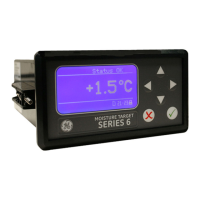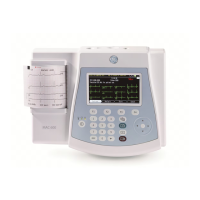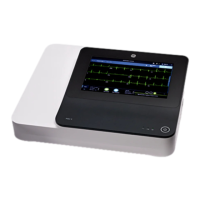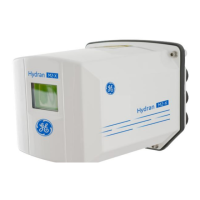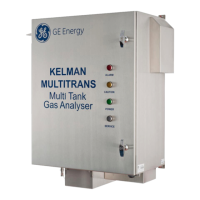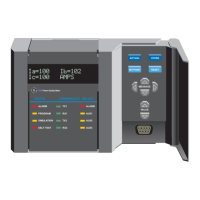GE Analytical Instruments ©2006 13-6 DLM 14291 Rev. A
When the gas flow rate is properly adjusted, the purge vessel will be under a
slight vacuum and the level of the reducing agent should be near the top of the
purge vessel. When samples are injected into the purge vessel, the needle will
be below liquid level. If the liquid level is not near the top of the purge vessel,
injections may hit the wall of the purge vessel resulting in a broad peak. To
raise the level, use a syringe to add 1 M HCl through the septum until the level
is near the top. The reagent will foam (even with the antifoaming agent) and
this foaming should be near the top of the purge vessel but not into the
condenser.
If the liquid level is too high, close the outlet stopcock while continuing to
allow gas to flow into the purge vessel. Once the bubbling slows, close the gas
inlet stopcock. Release any pressure in the purge vessel by slowly opening the
screw cap and then drain some of the reagent using the drain stopcock.
WARNING:
THE VCl
3
/HCl REAGENT IS HOT!
Preparation of Nitrate Standard Solutions
An analytical balance capable of weighing to ± 0.1 mg, a supply of reagent
grade sodium or potassium nitrate, nitrate-free, deionized water, volumetric
flasks and pipettes are required to calibrate the NOA for nitrate measurements.
Preparation of Stock Solution
A standard solution of ~100 mM NO
3
-
is prepared and dilutions of the standard
used for constructing the calibration curve.
To prepare 10 mL of 100 mM NO
3
-
:
• Weigh out ~85 mg of NaNO
3
or ~101 mg of KNO
2
directly into a 10 mL
volumetric flask.
• Record the weight of NaNO
3
or KNO
3
.

